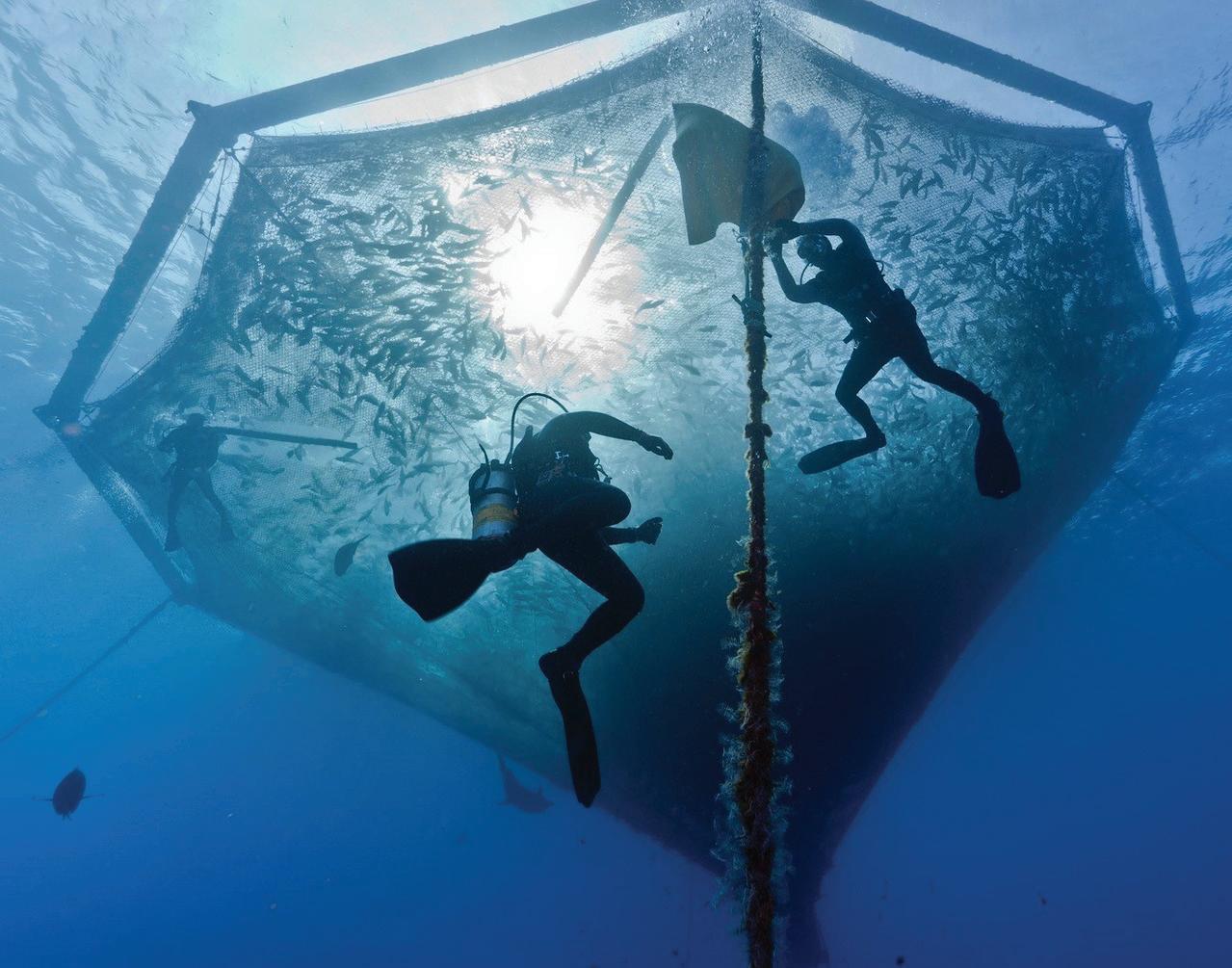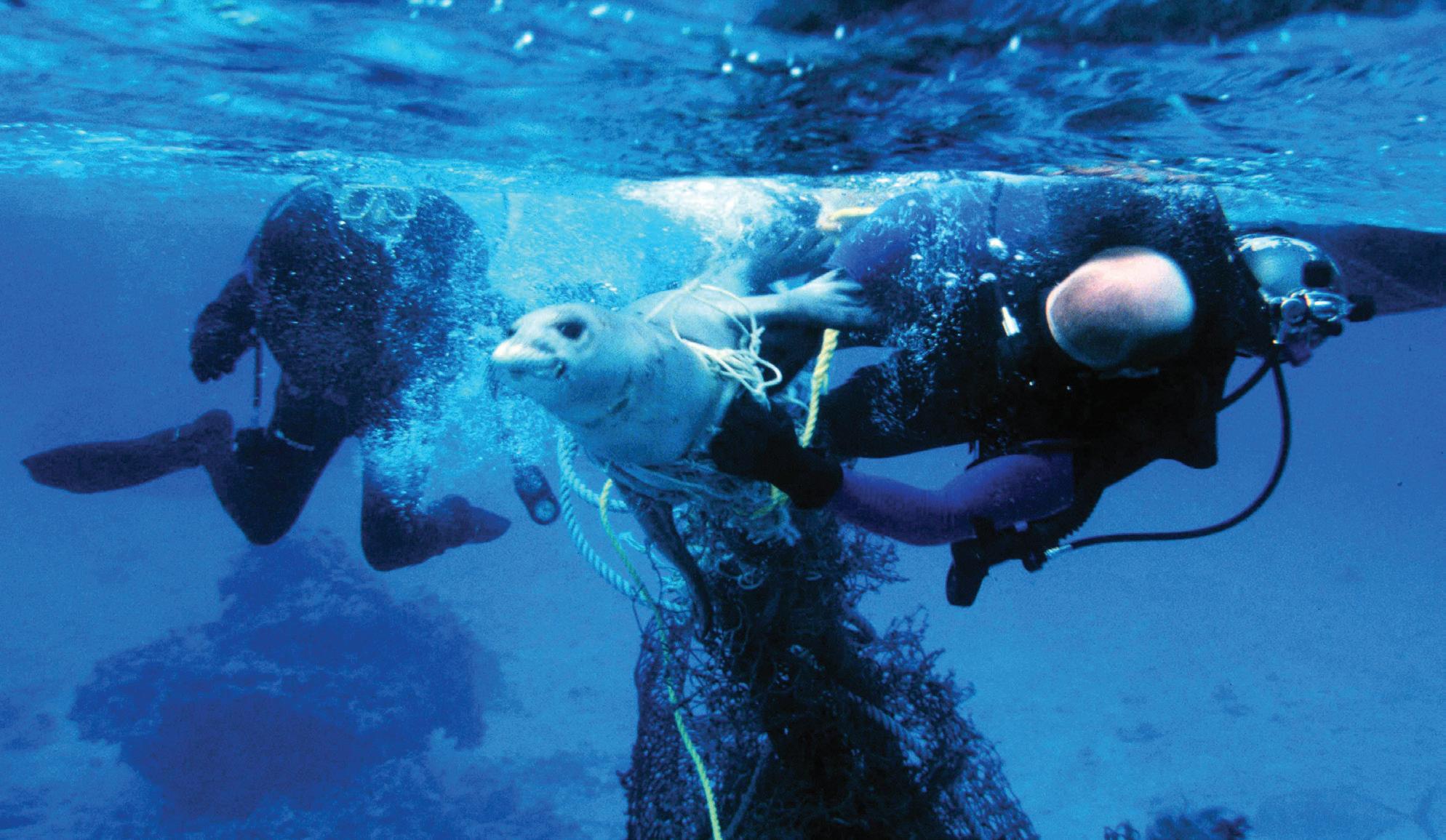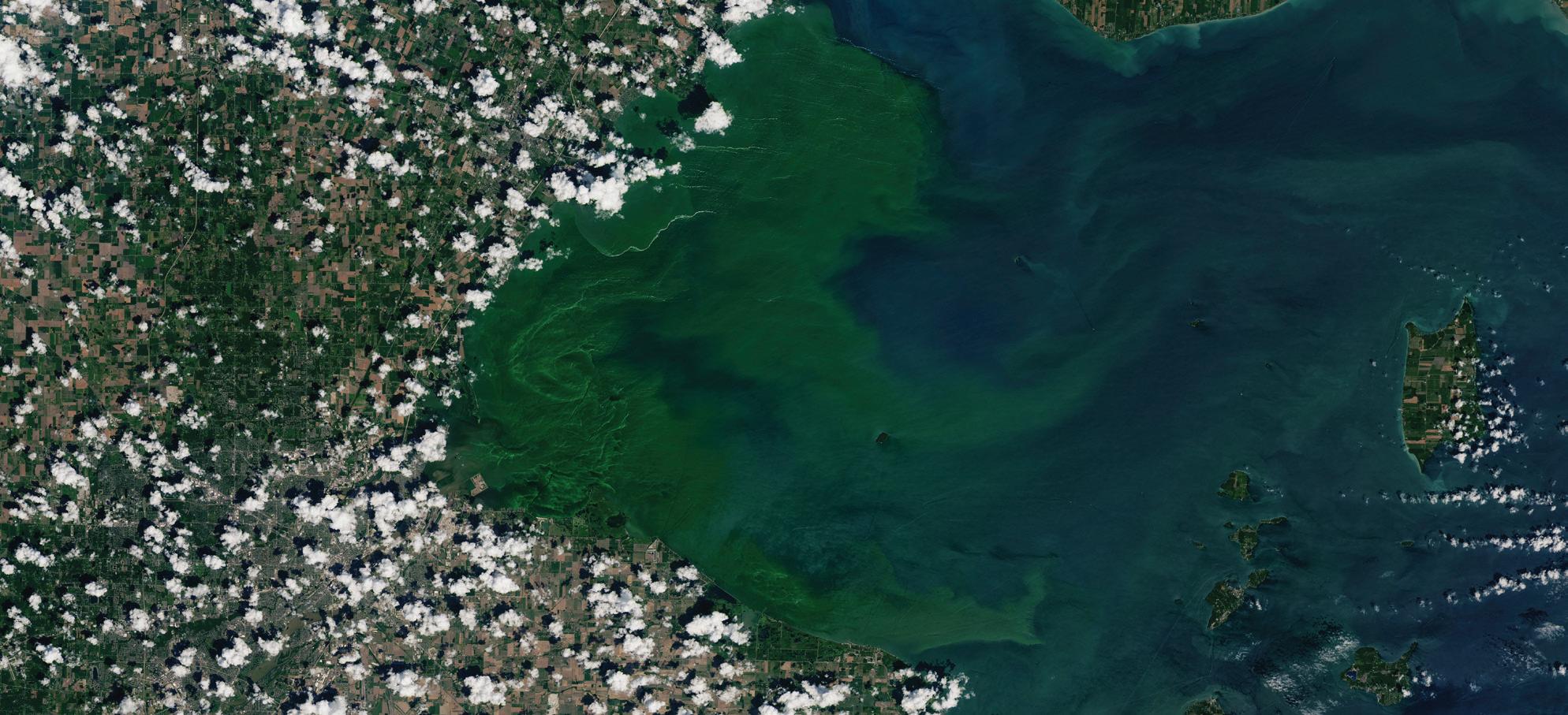NOAA TODAY
Reminding you: The Earth is blue. By Craig Collins
T
o many Americans, the words National Marine Sanctuary evoke images of vibrant coral reefs and teeming kelp forests – and these ecosystems feature prominently in America’s
inventory of protected undersea areas. But the National Marine Sanctuary system began with the discovery of a wreck. When the ironclad warship USS Monitor, a long-lost icon of the Civil
A diver inspects the wreck of the New Orleans at the Thunder Bay National Marine Sanctuary.
1940
Weather Bureau transferred from Agriculture Dept. to Commerce Dept.; Army and Navy establish weather centers; President Roosevelt orders Coast Guard to support ocean weather stations.
56
1942–1945
More than 1,000 civilians and over half of the commissioned officers from the Coast and Geodetic Survey enter military service, serving
NOAA PHOTO
The National Marine Sanctuaries
War, was discovered off the coast of Cape Hatteras, North Carolina, in 1973, there was no legal mechanism to ensure its protection. Congress had to invent one: the National Marine Sanctuaries Act. The system of underwater national parks that has since evolved includes 14 sanctuaries and two marine national monuments: Papahānaumokuākea, in Hawaii, and Rose Atoll in American Samoa. Altogether, these areas protect more than 600,000 square miles of ecological, historical, and cultural treasures. The latest addition to the system, designated in 2019, is the Mallows Bay-Potomac River National Marine Sanctuary, which protects and interprets more than 100 World War I-era wooden steamships. By welcoming visitors, said John Armor, director of NOAA’s Office of National Marine Sanctuaries (ONMS), the national marine sanctuaries help to stimulate ideas and discussion about conserving the nation’s submerged resources – and









































